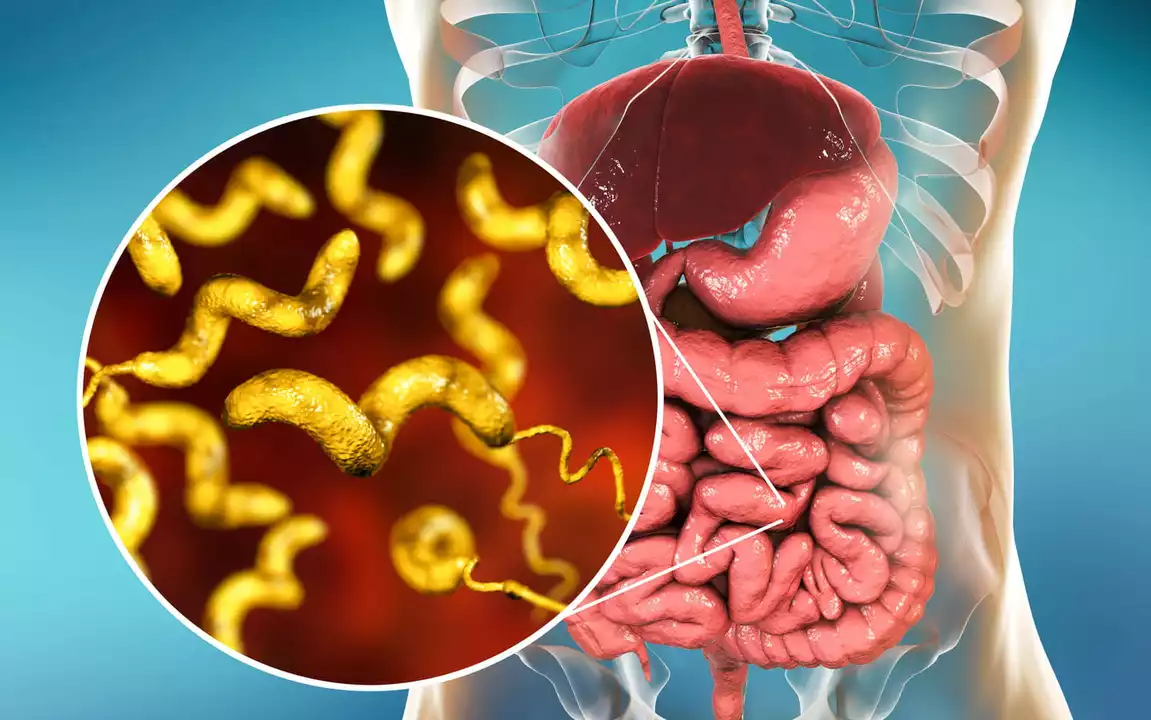Vaginal infections: quick guide to symptoms, causes, and treatment
If you suspect a vaginal infection, you want clear steps, not panic. This page explains common types, how to tell them apart, simple treatments, and when to see a clinician. Read on to get practical, no-nonsense advice you can use today.
Common types and what they feel like
Yeast infection (Candida) usually causes thick, white cottage-cheese discharge, itching, burning, and soreness. It often gets worse after antibiotics or during heavy stress. Bacterial vaginosis (BV) gives a thin grayish-white discharge with a fishy smell, especially after sex. Trichomoniasis, a sexually transmitted infection, can cause frothy yellow-green discharge, itching, and discomfort during urination. Less common causes include skin conditions, allergic reactions, or retained foreign objects like an old tampon.
How to tell and what to try first
Start by checking symptoms and timing. If you have intense itching and cottage-cheese discharge, an over-the-counter antifungal cream or a single-dose fluconazole pill often works for yeast. For a strong fishy odor or thin discharge, BV needs antibiotics — metronidazole or clindamycin are common choices, but they require a prescription. Trichomoniasis is treated with metronidazole or tinidazole, and sexual partners should be treated too.
Home tests can help: some pharmacies sell pH strips for vaginal pH. Normal pH is under 4.5; higher pH suggests BV or trichomonas, not yeast. Self-tests don’t replace a clinic visit but they point you in the right direction.
When to see a clinician: if you have fever, severe pain, blood after sex, very bad smell, or symptoms that don’t improve after treatment. Also get checked if you’re pregnant, because some infections need special care during pregnancy.
Prevention tips that actually work: avoid douching, use condoms with new or multiple partners, change out of wet swimsuits quickly, wear breathable cotton underwear, and avoid scented soaps or sprays around the vulva. If antibiotics are necessary, ask your doctor about taking probiotics or eating yogurt with live cultures to reduce yeast risk.
Short-term relief ideas: a cool compress can ease itching, and over-the-counter topical creams help for yeast. For odor, a warm shower and changing underwear often make a big difference while you get treatment.
Sex and partners: if your infection is sexually transmitted, your partner needs treatment at the same time to avoid reinfection. Avoid sex until treatment is finished and symptoms clear. If you get recurrent infections (four or more a year), talk to a clinician about maintenance plans or testing for underlying causes like diabetes.
Clinic tests are quick: a swab sample under the microscope (wet mount) can spot trichomonas or clue cells for BV. Nucleic acid tests (NAAT) and cultures are more accurate for bacteria and STIs. Ask your clinician what test they’re using so you know results matter

